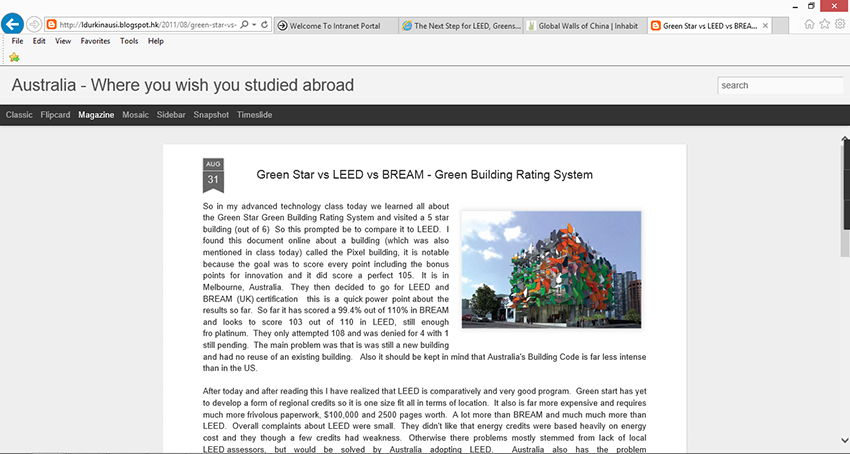The Next Step for LEED, Greenstar and BREAM
Our current building sustainability rating systems go a long way to tackle the environmental impacts of our buildings by lowering energy use, water use and promoting recycling of materials. Yet how do these initiatives stack up in helping to combat climate change?
Based on leading scientific data and population growth projections, these tools don’t go far enough. There are some critical numbers to consider. Climate Scientists believe an emissions limit of 1000GT of CO is required to limit warming to 2C. World population is expected to peak in 2050 with a population increase from 6.5 to 9.3 billion and urbanisation to increase from 3.4 to 6.4 billion by 2050. Coupled with this around 40% of global energy consumption is used in buildings, hence the upper limit on total building energy consumption should be limited to 400GT by 2050.
So how does this all calc out? To house 3 billion more people in cities is going to be one of the largest challenges facing the planet. If we reduce building energy consumption to a very low level of 50kgCO2/m2/pa and reduce embodied energy to 450kgCO2/m2 and factor in a combined building area (residential + workplace) of 25m2 per person, we over-hit the emissions target of 400GT by about 20%.
Hence we need to go all out to make buildings more efficient. This means we need to urgently look at total energy emissions for buildings, cut operating energy in line with environmental rating tools (LEED, Greenstart etc…), and take on the issue of embodied energy and change how we build, the materials we use, redundancy and design efficiency.
It is important that we recognise the impacts of targets for total embodied energy and recognize the difference between best practice and inefficient systems. The above schedule provides a guide as to how this might be achieved
Ref 1: UK, German, Swiss Scientific Report May 2009
Ref 2: United Nations Population and Demographic Review 2008
Comparison of Façade Systems
| Very Good | Timber or Hybrid Window System | <50 kgCO2/m2 |
| Good | Lightweight Steel or Aluminium Window System | 51-80 kgCO2/m2 |
| Moderate | Efficient Aluminim Curtain Wall | 81-120 kgCO2/m2 |
| Poor | Inefficient design or excessive features | 121-150 kgCO2/m2 |
| Very Poor | Inefficient design and excessive features | >150 kgCO2/m2 |
